Blockchain Technology Explained: Guides, Trends & Tools
When working with Blockchain Technology, a distributed ledger system that records transactions across many computers. Also known as blockchain tech, it enables trust without a central authority. One of its core extensions is Decentralized Identity, a model that puts personal data back in the user’s hands using cryptographic keys. Another key piece is Sharding, a scaling method that splits a blockchain into smaller pieces to process more transactions in parallel. Finally, Smart Contracts are self‑executing code that run on the ledger, turning simple transactions into programmable agreements. Together they form the backbone of modern decentralized applications.
How the pieces fit together
Think of Blockchain Technology as a city’s infrastructure. Decentralized Identity acts like a digital passport that you control, which reduces the need for third‑party verification. Sharding works like expanding the city’s road network, allowing more traffic to flow without jams. Smart Contracts are the traffic lights and rules that keep everything moving safely. Because of this, the technology encompasses identity solutions, requires programmable contracts, and benefits from scalability tricks like sharding. When developers deploy a new DApp, they rely on smart contracts to enforce logic, while sharding ensures the app can handle many users at once. Meanwhile, users enjoy privacy and ownership through decentralized identity.
Recent trends push these ideas even further. The rise of cross‑chain bridges lets a DApp on one blockchain talk to another, making sharding’s data‑availability challenges a hot research area. Zero‑knowledge proofs add privacy layers to smart contracts, so you can prove a statement without revealing the underlying data. And projects like BitVM show how layer‑2 designs can bring contract‑like functionality to Bitcoin without creating a new coin. All these developments point to a future where blockchain tools are as routine as a web browser, and understanding each component today prepares you for the ecosystem of tomorrow.
Below you’ll find a curated set of articles that break down each of these topics. From a beginner’s guide to Ethereum smart contracts to a deep dive on blockchain sharding, the collection offers practical steps, real‑world examples, and clear explanations. Dive in to see how the pieces connect, what challenges developers face, and which innovations are shaping the next wave of decentralized technology.

Schnorr Signatures vs ECDSA in Bitcoin: What Changed After Taproot
Schnorr signatures replaced ECDSA as Bitcoin's preferred signature scheme after Taproot. They're smaller, faster, private, and enable key aggregation - making multisig transactions look like regular ones.
November 18 2025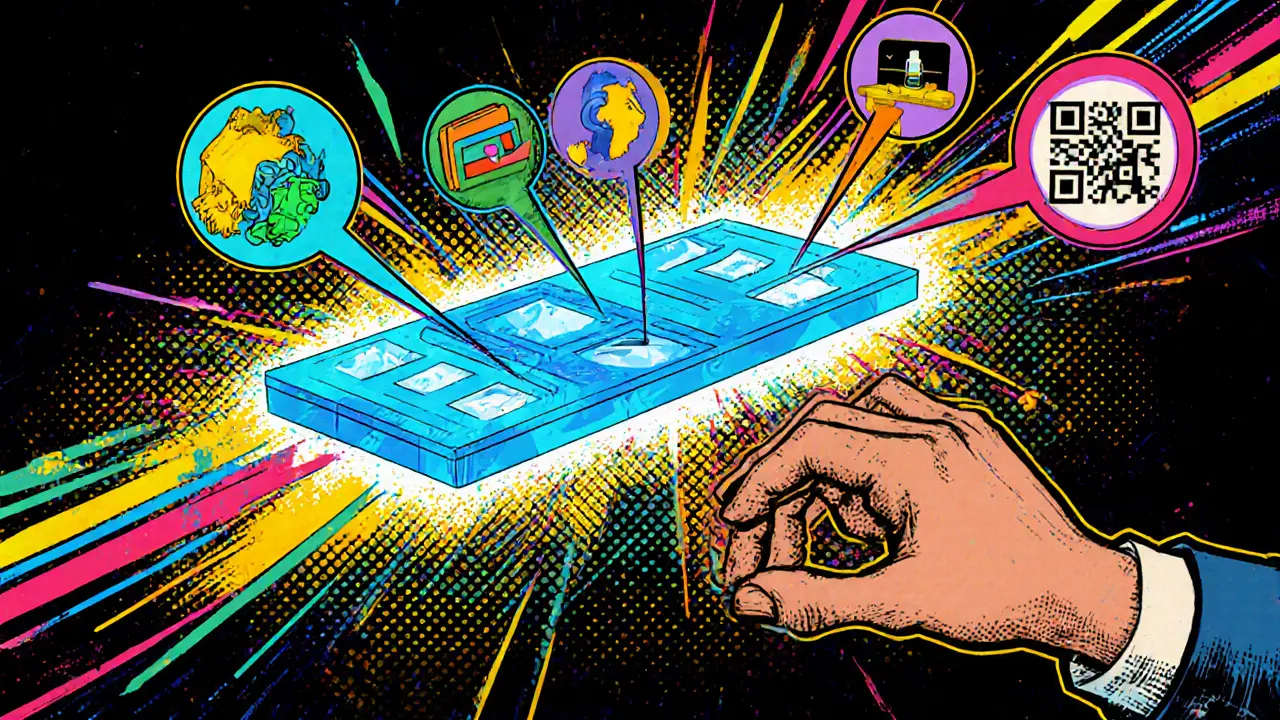
How to Track Charity Funds with Blockchain for Total Transparency
Blockchain lets you track every dollar you give to charity in real time, from donation to impact. See how it works, which platforms to use, and why transparency is transforming philanthropy.
November 2 2025
How BaaS Powers Enterprise Blockchain Adoption
Explore how Blockchain-as-a-Service (BaaS) removes technical barriers, speeds deployment, and drives enterprise blockchain adoption across finance, supply chain, and more.
October 22 2025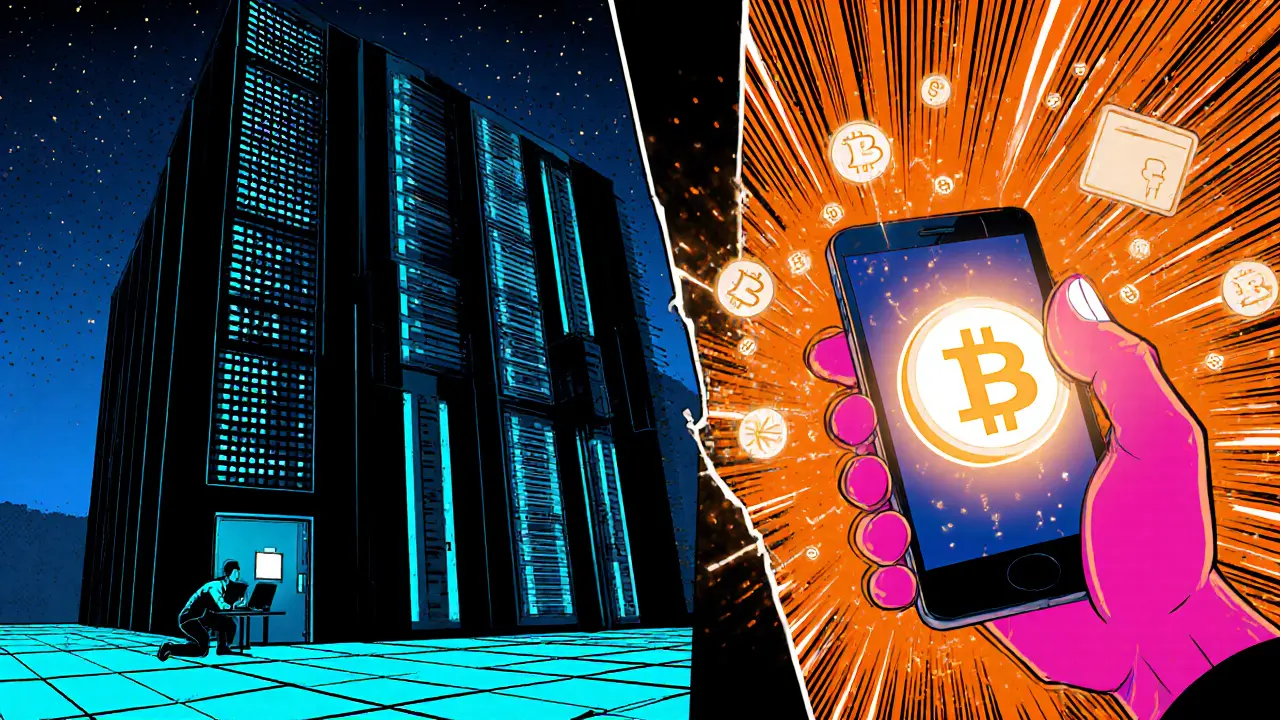
DID vs Traditional Identity Systems: A Practical Comparison
Explore the key differences between Decentralized Identity (DID) and traditional identity systems, covering security, privacy, implementation, and future trends.
October 10 2025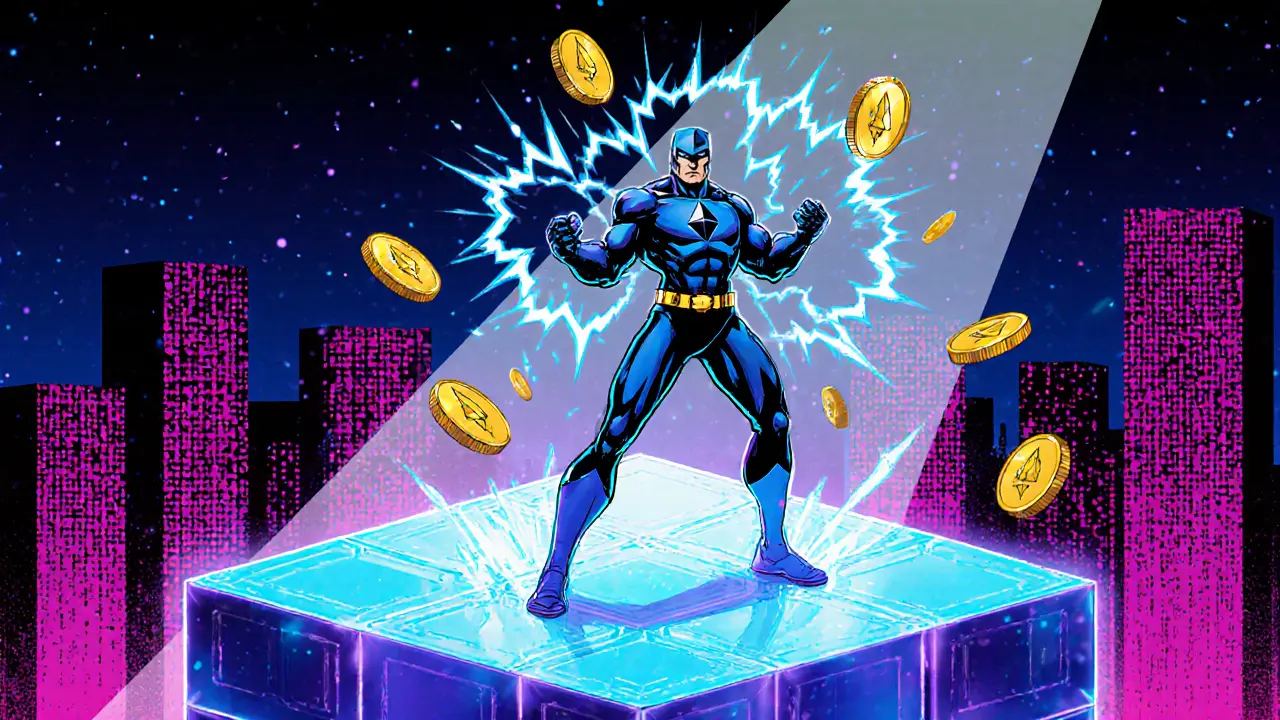
How Ethereum Smart Contracts Work: A Beginner’s Guide
A clear guide explains how Ethereum smart contracts work, covering the EVM, Solidity, gas fees, deployment steps, oracles, token standards, limitations, and best practices.
August 19 2025
Blockchain Sharding: Benefits, Challenges & Real-World Insights
Explore how blockchain sharding boosts speed and scalability while tackling data availability, cross‑shard communication, and security challenges for modern decentralized systems.
July 30 2025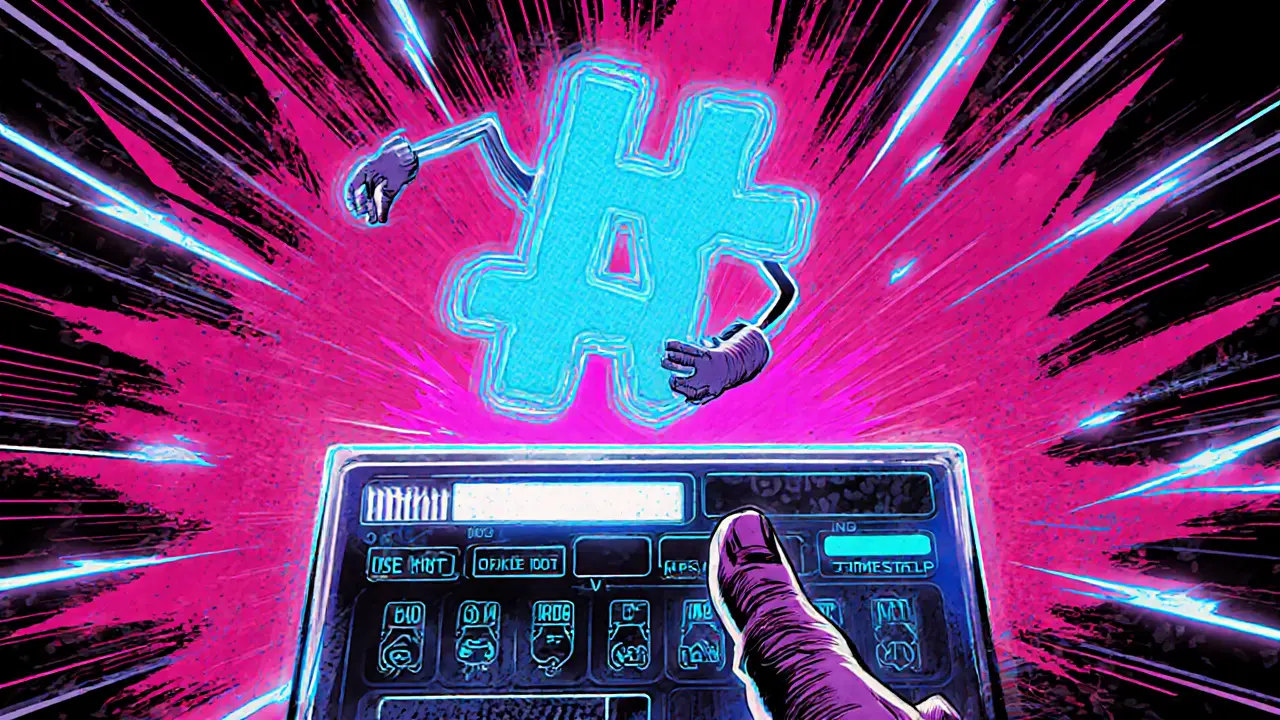
What Is a Nonce in Blockchain? Explained Simply
Learn what a nonce is, how it powers Bitcoin mining, its role in block headers, and why it matters for Proof of Work security.
June 11 2025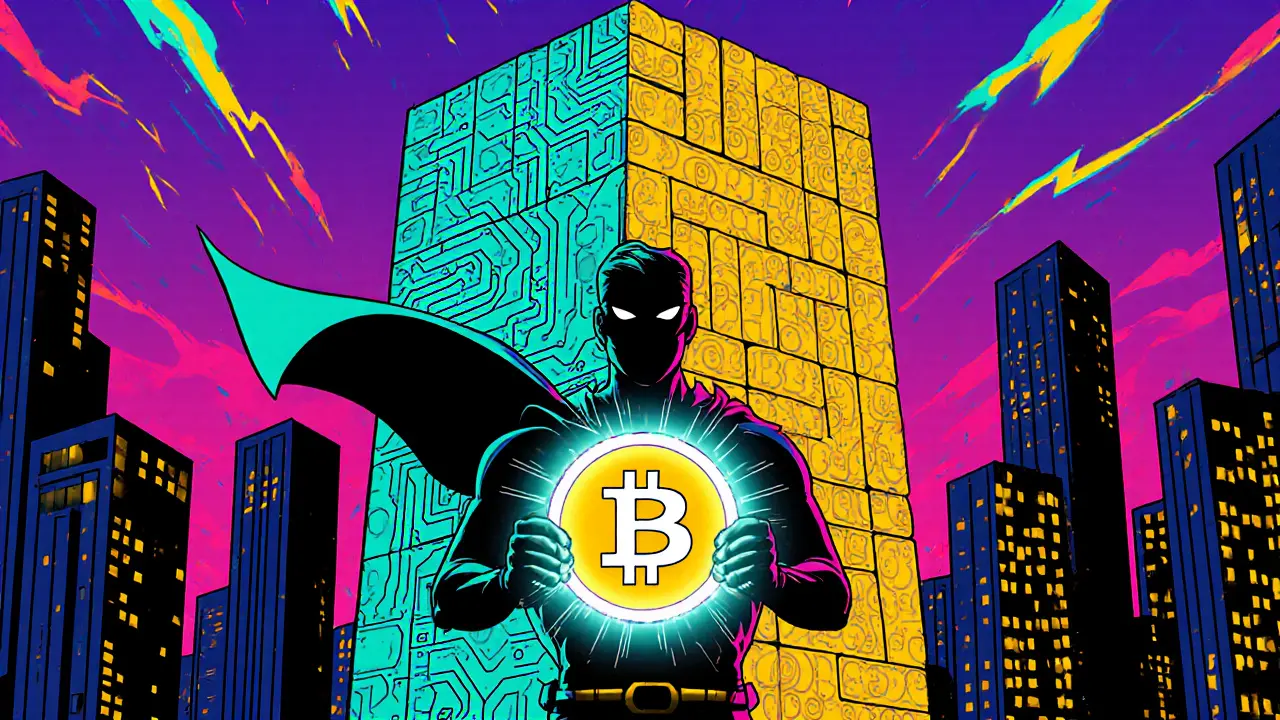
Bitcoin Virtual Machine (BitVM): How It Works and Why It’s Not a Crypto Coin
Discover what Bitcoin Virtual Machine (BitVM) really is, how its prover‑verifier system works, and why it's not a new crypto coin but a layer‑2 framework for smart contracts on Bitcoin.
March 12 2025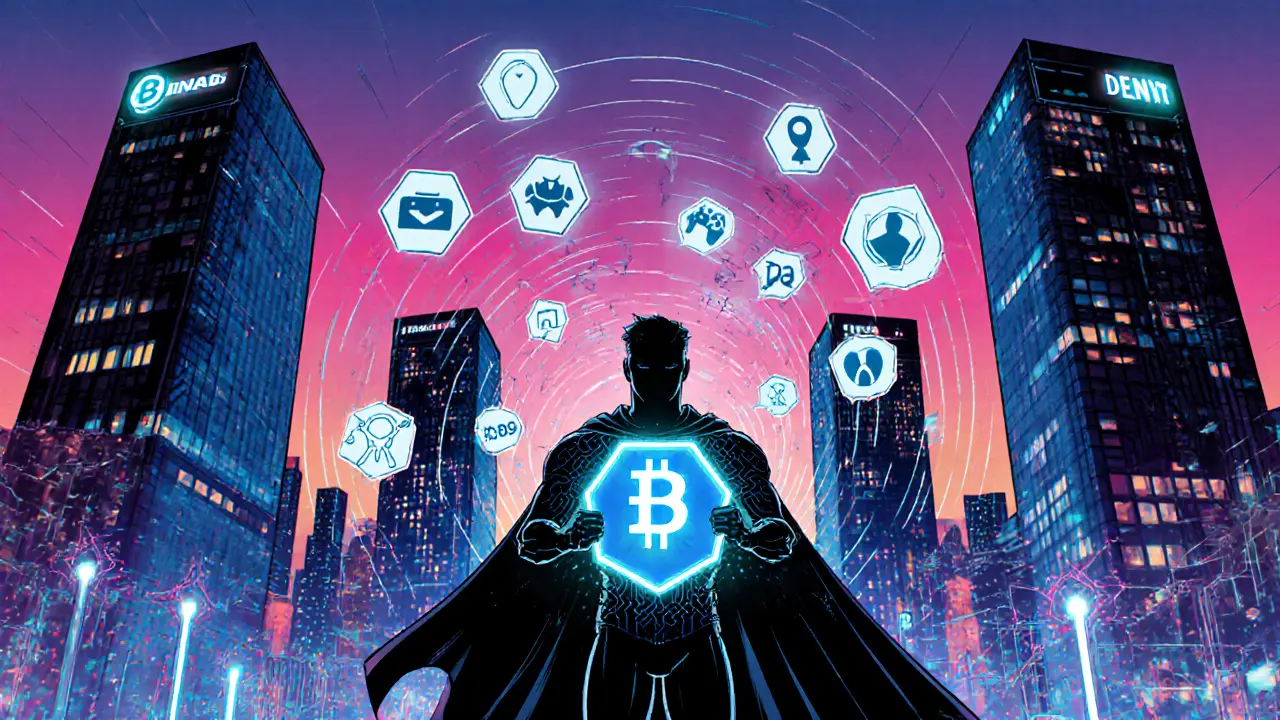
The Future of Decentralized Applications (DApps) in 2025 and Beyond
Explore how modular blockchains, cross‑chain tech, ZK privacy, and IoT integration are reshaping decentralized applications in 2025, with real‑world examples and a step‑by‑step development guide.
January 8 2025